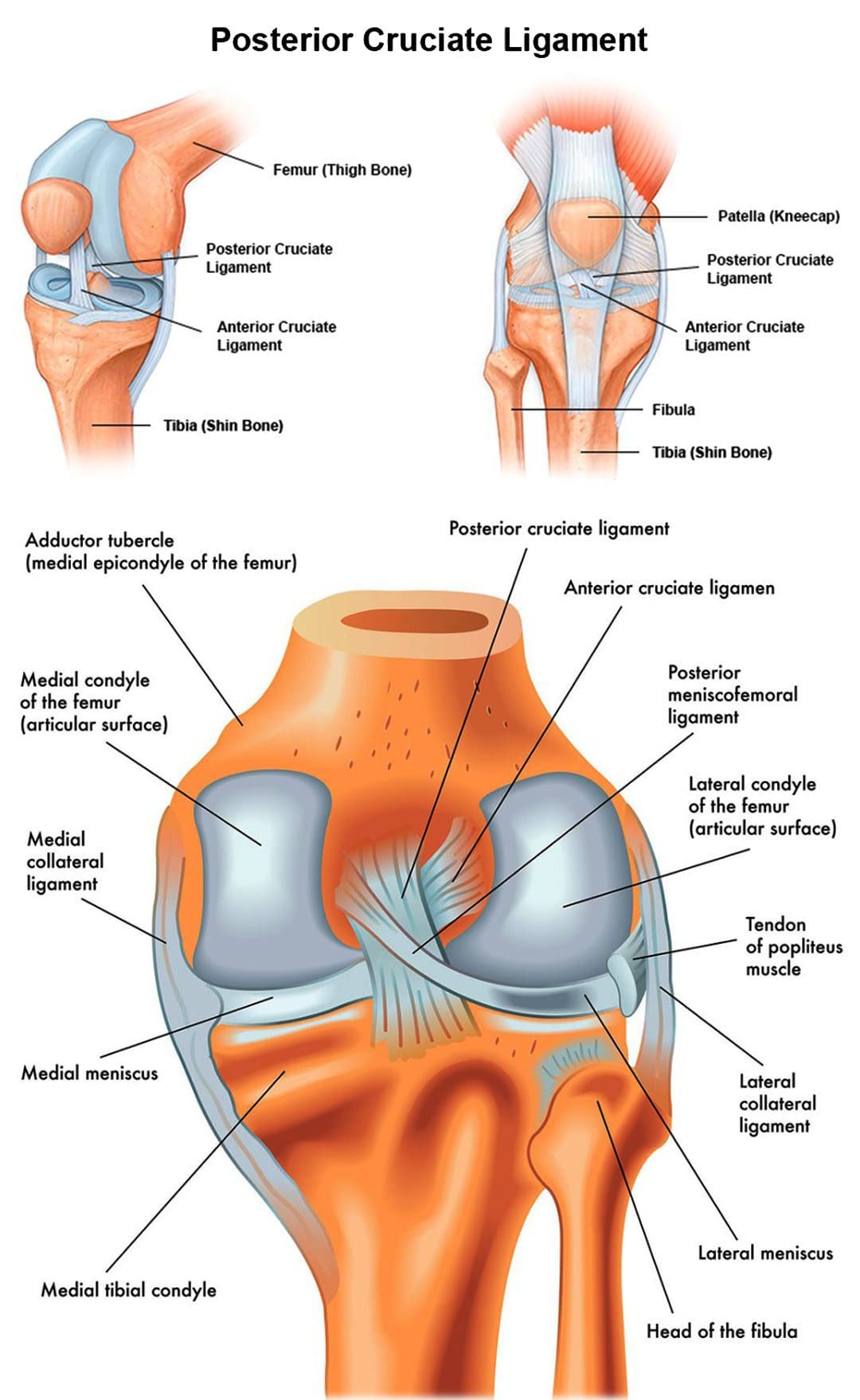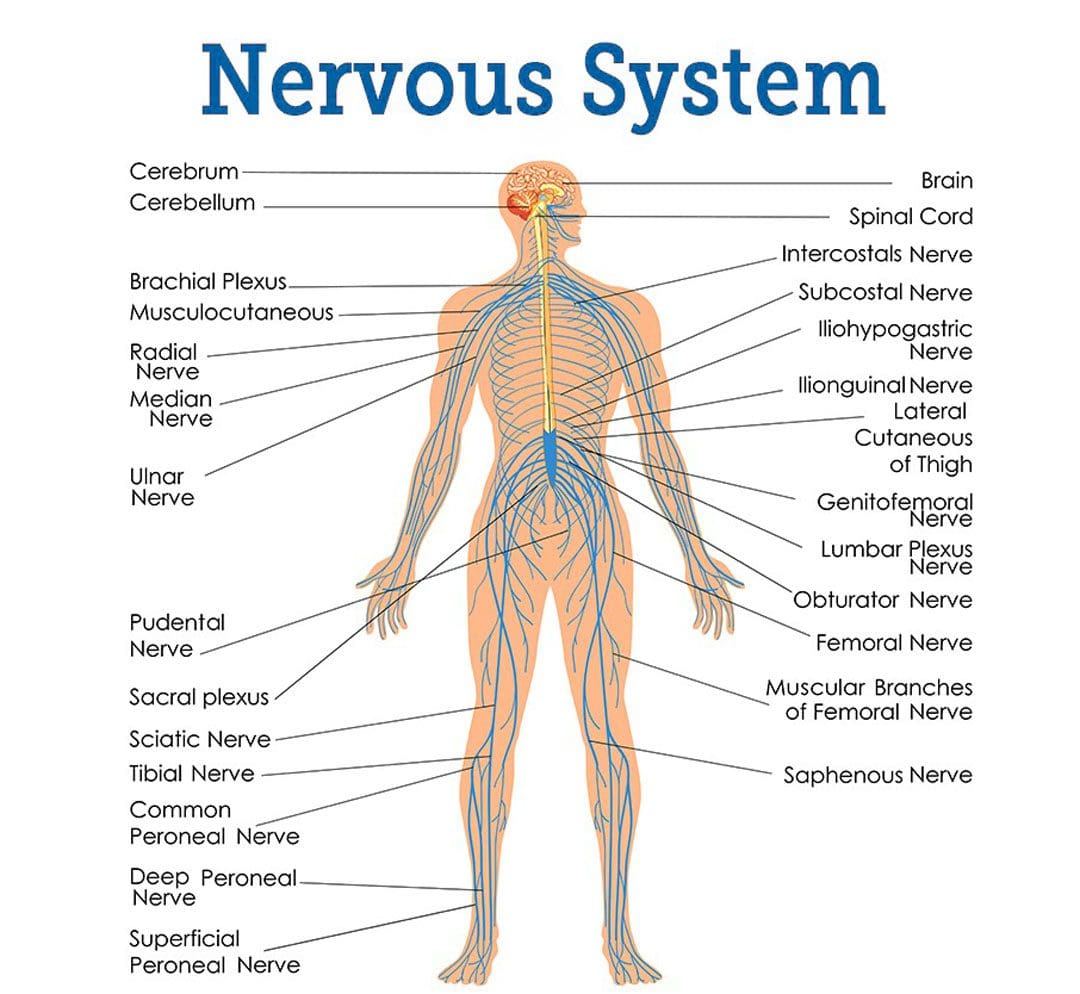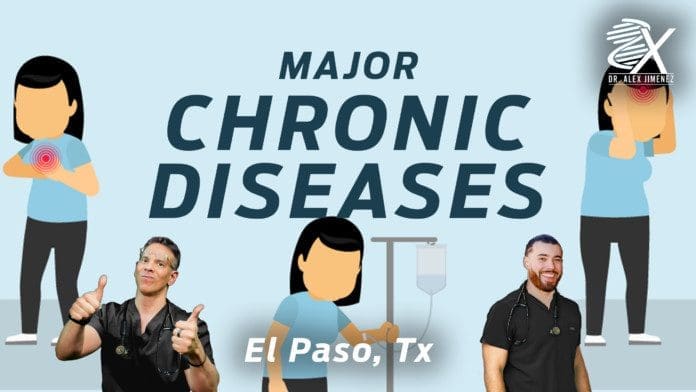
Table of Contents
Introduction
Dr. Jimenez, D.C., presents how to implement exercise as part of your daily routine. Many factors and lifestyle habits tend to take over our daily lives, and in this 2-part series, we will look at how to implement exercise in a clinical setting. Part 2 will continue the presentation. We mention our patients to certified medical providers that provide available therapy treatments for individuals suffering from chronic conditions associated with Lyme disease. We encourage each patient when it is appropriate by referring them to associated medical providers based on their diagnosis or needs. We understand and accept that education is a marvelous way when asking our providers’ crucial questions at the patient’s request and acknowledgment. Dr. Alex Jimenez, D.C., uses this information as an educational service. Disclaimer
How To Implement Strategies?
Dr. Alex Jimenez, D.C., presents: Today we will discuss how to implement strategies using exercise as a prescription. Remember, just like we talked about how a healthy diet full of nutritious, whole foods can be used as a prescription, we want this science to make it to the patient and create outcomes because otherwise, this is just a bunch of things you know and not something that you know how to put into practice. So we’ve listened; we know that’s what you’re up to, so let’s get started. We will discuss some general aspects of implementing exercise as a prescription and some ideas we use in our practice. And then, of course, share the brilliant ideas with some of the other colleagues who also are figuring out ways to make this work in their practice. The first thing we want to share with you is when you’re approaching a patient with an exercise prescription, assuming the patient’s interested, you should ascertain first how this person is motivated.
Because it always makes sense to ride their motivation wave than to come from the standpoint that this is what I want from you, and this is why you need to do it. The first thing we want to put out there is that you want to ensure that this patient has a reason to want to exercise. So it’s less about a doctor’s orders or a provider’s recommendation, and you want to partner with our patients therapeutically, which means understanding their motivation. So for most people, there are two ways we can reinforce the outcome of a positive implementation of the exercise. First, we want to optimize those factors related to one-on-one communication with our patients. And then, number two, optimize the environment in our practice for success. Okay, so we’ll go over these things in detail now.
It only sometimes works if we give them a prescription and assume they want to do it. So if Joan Rivers was your patient in the past, this might have been her reason for not wanting to exercise, and you must be able to roll with it. Let’s talk about how we can do that. This works with patients, spouses, and children; it is wise to persuade people to do things and make them think it is their idea. So, with much bigger goals in mind, Nelson Mandela used the same principle. So we want you to think about who you are working with and who you are partnering with; these are some common functional medicine personas that you may come across, especially if you’re in more of a private practice, whether it’s cash or membership type of practice, you might see this persona in people.
Look For The Personas
Dr. Alex Jimenez, D.C., presents: Are these all personas the same? Not necessarily, as people have different reasons to exercise. For example, say you have a chronically ill individual who needs their hands to be held or have individuals who read many fitness magazines following these leaders through a whole lifestyle lens. And the way you engage with each of these personas is based on their goal for exercise. So, the unwell individual may have different goals, challenges, or limitations than the lifestyle lens individual. So make sure you know who you are working with, and if you need more clarification, have a conversation with them to find out.
Let’s say you’ve gotten through that step, and now you’re in the actual conversation of, “Hey, let’s figure out how to get this exercise thing to create benefits in your life.” As you’re having the conversation, you might learn to use some aspects of motivational interviewing. So rolling with resistance, for example, sometimes people say, “Nope, I don’t want to exercise.” So in this example, you might say, “Okay, if you don’t want to exercise at a gym, what other options have you heard of that you might want to consider?” Let’s say that’s how you opened it up and remember that there’s always a way to roll with the resistance, and it’s focused on acknowledging the patient’s input. You’re responding to them by saying, “Okay, fine. You don’t want to work at a gym. I get that,” while expressing empathy. Many individuals have tried to work at a gym, and the machines tend to injure them when used incorrectly, intimidate them, or the equipment is not made for their size structure.
Emphasize With Your Patients
Dr. Alex Jimenez, D.C., presents: Many people want to avoid exercising; this is one of the many frustrating things because you feel the equipment needs to be made for you. So notice that you can empathize without judging and then roll with resistance and ensure they understand that you acknowledge their input about the situation. These things are common sense to you. Many of us may not employ these to the fullest potential to motivate our patients to implement exercise as part of their daily routines. The important and obvious thing is to refrain from arguing with your patient. Because all that will go to create for most people is more resistance, so if they say, “Hey, I don’t want to exercise right now,” you can say, “Would you be willing to talk about exercising as a goal in the future?”
And if they say, “Yeah, I need to make it through December,” you can reply with, “Okay, great, let’s have you follow up with me in January. Does that work for you?” So again, avoiding arguing and expressing empathy can put people’s minds at ease and prevent resistance. Another factor that many people often do when it comes to implementing exercise as part of their routine is by developing discrepancy. So sometimes, people say things that conflict with the daily habits that they already follow. So they might say, “Yeah, I want to exercise because I don’t want to take a statin medication, but I don’t have time to exercise.” So this is where you help them understand like you recognize that exercise is one of the key ways to reduce your need for a statin medication. And you get that if we leave this cholesterol the way it is, it will cause more risks for your patients. But at the same time, time is a factor. So you come up with some ideas to benefit your patients and incorporate exercise as a routine.
Develop A Plan
Dr. Alex Jimenez, D.C., presents: Remember that you don’t have to solve everything for someone. You could put things out like developing discrepancies for the patient and then let the patient generate solutions that work. So also support self-efficacy. This means that we are not going to change the behavior. The patient is the one who has to change the behavior, and their understanding of their capacity to change their behavior is essential. So whatever you can do to point out the positives, acknowledge whatever they’ve done, even if it’s like, “Hey, it’s wonderful that you bought sneakers. I understand that you didn’t do anything we discussed; life happened. I want to acknowledge you for getting the sneakers because that makes it much easier to start the plan now.” So support self-efficacy whenever possible. Now other more tangible obstacles keep someone from wanting to implement exercise.
Many times it’s either on a mental or physical plane. So here are some solutions that we’ve listed for some of the common mental obstacles we’ve seen. Some people don’t want to be out in public because of concerns about body image. So, they can often go to a special kind of gym if they want to go to a gym, or they can do at-home videos or a personal trainer. Sometimes it gets boring, and they would often moan and groan about it when they are exercising; however, if they are doing fun exercises like dancing or swimming, they will become more motivated and start to change their exercise regime throughout the week. You could do these things despite needing more knowledge or confidence about doing it correctly or on time.
Incorporate A Trainer Or A Health Coach
Dr. Alex Jimenez, D.C., presents: That’s when you might want to bring in a health coach or personal trainer, and with physical obstacles which may be related to a person hasn’t been exercising for a long time and assuming that you’ve cleared them to be able to initiate an exercise plan, maybe there are ways that you can say, “Okay listen, I want you to walk at a low intensity to start with, and you know, over the next month I’d like you to build up two 5,000 steps a day.” This can be a routine set for three days a week, four days a week, or whatever you decide with them and does that work for the patient. That might be one way to work on physical or perceived physical limitations. And then there may be people who have real-time constraints. So the two ways to handle this; is to optimize NEAT or HIIT workouts.
These can be simple activities we do throughout the day, like taking the stairs, parking further away, walking during your lunch break, and having walking appointments and meetings. While watching TV in the evening, you could pump some free weights in your bedroom or your living room. Or if they are more avid exercisers and are open to taking on some HIIT training, that could be a way to get some concentrated cardio and strength training signals in the body. Next, we want to discuss the different scenarios we may have regarding our office structures that support implementing exercise. A common scenario would be that you need a dedicated person in-house to help people implement the exercise prescription.
Use Resources
Dr. Alex Jimenez, D.C., presents: Okay, so if you are the provider, health coach, and personal trainer, we want you to consider using resources. You must recognize your boundaries in terms of not being able to be everything to everyone but using your resources effectively. Because we can’t create boundaries that are so tight that you’re not making the type of office that you want, meaning one that incorporates exercise prescriptions. So we’re going to talk about an office workout and exercise grid and how we will work with the local community, personal trainers, and gyms to refer out. And we have trained them to look at our exercise prescription as a guideline even though we are not legally partnered with them. They use these prescriptions as a way of communicating what our goals are. Here are some tools that we use that we are going to share out.
And then, especially in certain times like we’re having right now, we also referred to online resources. So this office workout prescription was created by our team, and we handed out this resource to our patients. We encourage them to find a buddy in their office or home because it is generally more fun. There are data to suggest that when you exercise in a social format, Like participating in team sports, it creates more benefits than doing an individual sport or being at the gym with your AirPods centered only on yourself. So there is this association where having a social element to your exercise regimen increases the benefits. Set up reminders on your phone when you’re at the office to do these hourly five-minute exercises.
And then we also have an online link where our trainers and health coaches demonstrate proper form and modifications for these office workouts. And then, of course, once you give any resource, whether it’s this office workout prescription or any other help, determine with the patient what we want to do about this. We don’t want to give out this prescription and say we hope it works. The main question is that do you want to have accountability? “Hey, can you come back to see us in a month, and let’s see where you are with it?” Or, “Hey, can you consider taking it to this next level after a month if you feel good and come back to see us in two months?” Or, “Hey, once you’re done with this, why don’t we talk in two months to recheck your lipids and know if you made a bump in your LDL particle number so that we can lower the dose of your statin or get you off the statin.”
So we don’t recommend just doing the exercise prescription and leaving it open-ended in terms of follow-up; make it like any other prescription; if you were to put someone on a statin, you would follow up with them. So just like that, you would follow up with someone you prescribe an exercise prescription. Again, it’s really practical. It can be done whether you work in an office, a home office, or you don’t work at an office but work in the house. So it’s in your IFM toolkit. And it has a Monday through Friday, an eight-to-five grid of what you do throughout the week. So it diversifies exercises and makes it, so all your muscle groups are incorporated using the stuff you have in an office or a typical home.
Delegate With Your Patients
Dr. Alex Jimenez, D.C., presents: So it is beautiful for the “I don’t know what to do” people, and it’s a great start for sedentary people. Then you can also consider any technology that is of interest to you. Here are some that our health coach and personal trainer have suggested based on what the patient’s goals are. They may be trying to run a 5k, then find an app that might work for them there. Or they may incorporate yoga to work on their mind-body access or flexibility. You can personalize it to the type of workout if they’re interested in HIIT, yoga, or Pilates. Again, find technologies you enjoy, and check them out yourself. Or you can make a little cheat sheet that can be given out or put as a template. Here’s something important that we want you to consider if you still need to do it.
It’s called delegation. This can not be done alone; this is a group effort to allow the individual to have a team to back them up and help improve their health and wellness journey. Now, this is done in healthcare all over the place. For respiratory therapists, many people will do delegated work from the healthcare provider. So it’s just a transfer of responsibility for the performance of patient care. Now, remember that it’s still done under the provider’s responsibility. You should consider that different states and insurance contracts may have little nuances on how they would want you to do delegation. Still, we know habits have changed, and we need help to keep up with them to meet the requirement.
So how would we delegate a patient? We would go through a thorough examination, like taking their BMIS/BIAs with the Inbody Machine, and then go through a series of functional medicine tests to determine what issues or overlapping risk profiles are affecting them. Then the doctor and their associated medical providers will develop a personalized treatment plan for that patient that incorporates a healthy diet and exercise regime for them to follow.
Conclusion
Dr. Alex Jimenez, D.C., presents: Making these small changes is beneficial in the long haul regarding a person’s health and wellness journey. It may take a while to get accustomed to the routine, and sometimes it can be frustrating. However, finding what works and doesn’t work with the patient and making these changes can result in a better solution that benefits the person.







 Posterior Cruciate Ligament
Posterior Cruciate Ligament
















